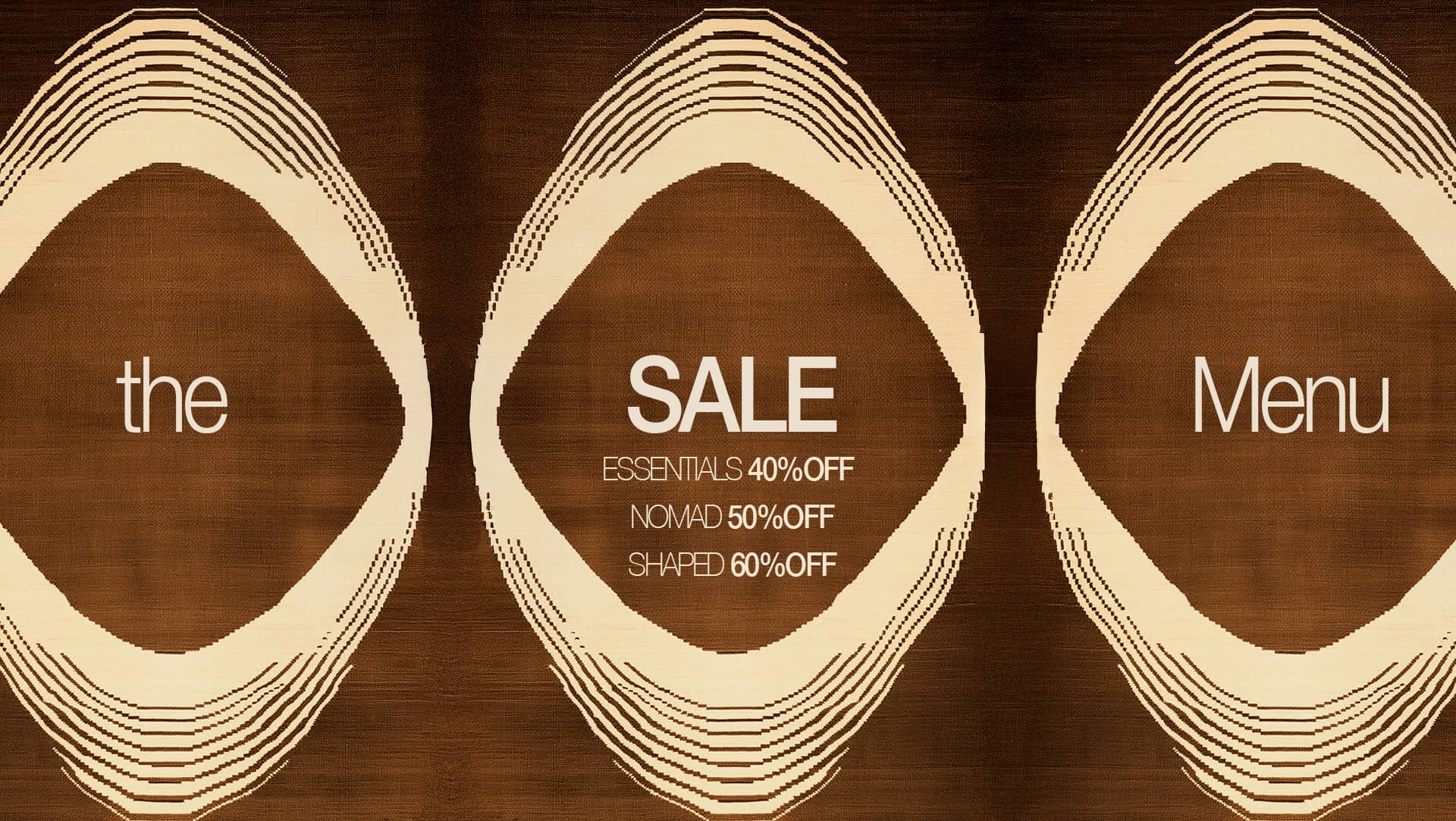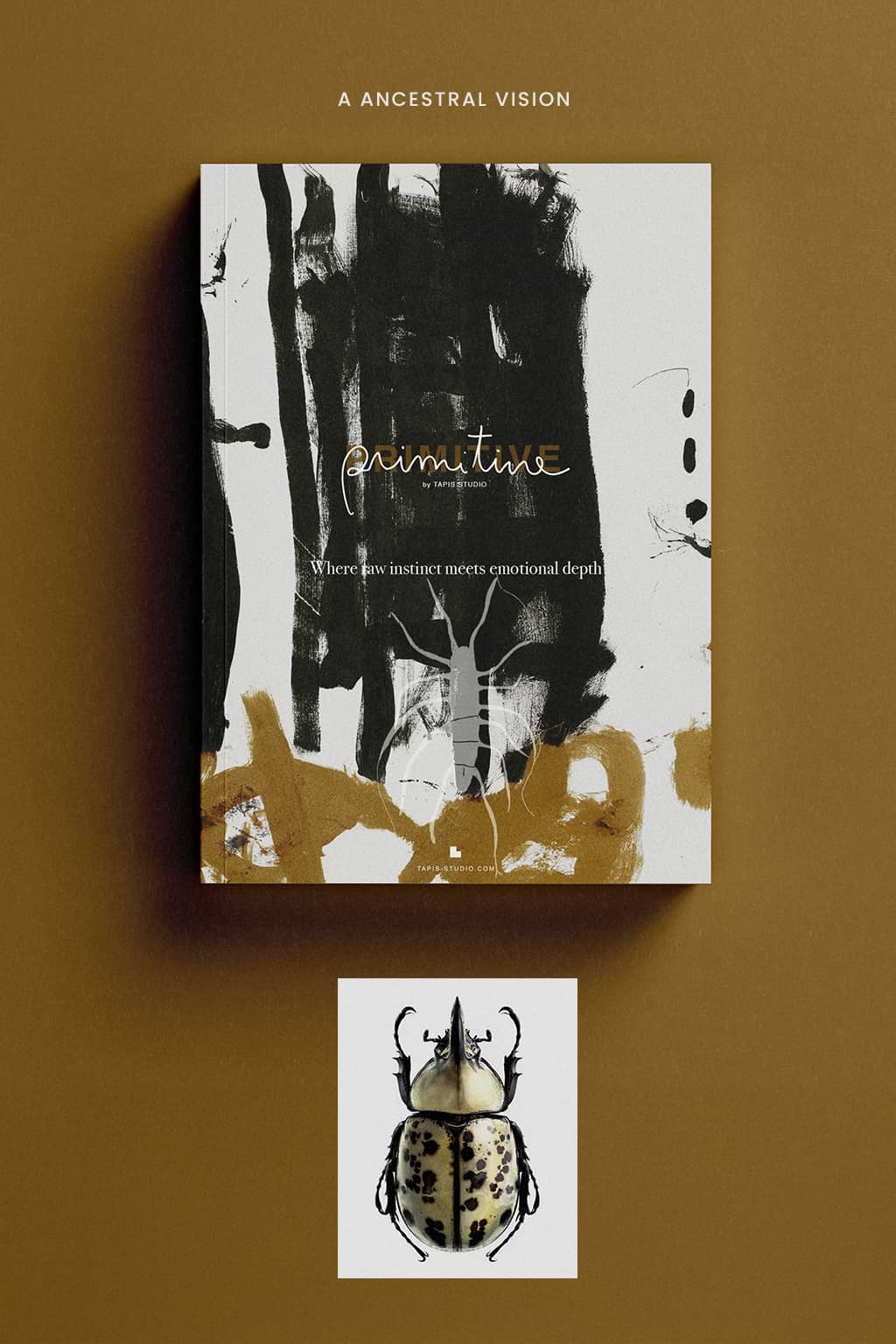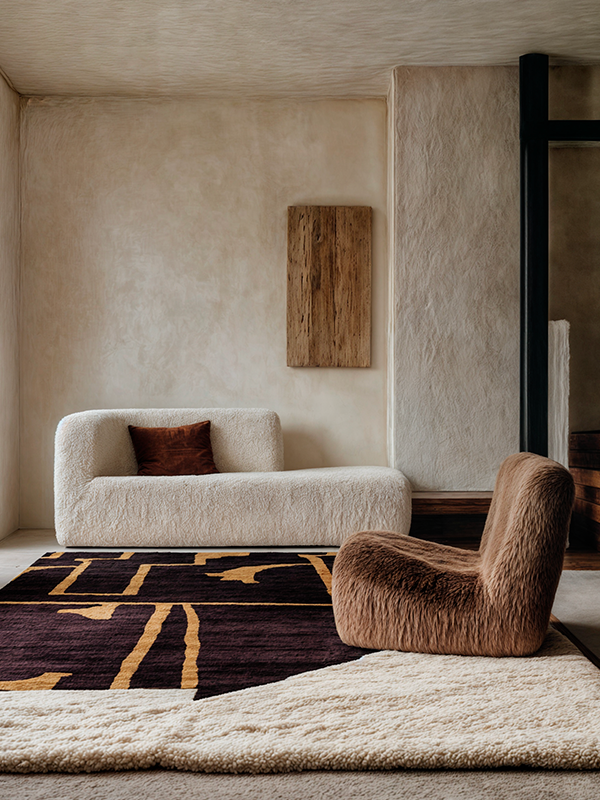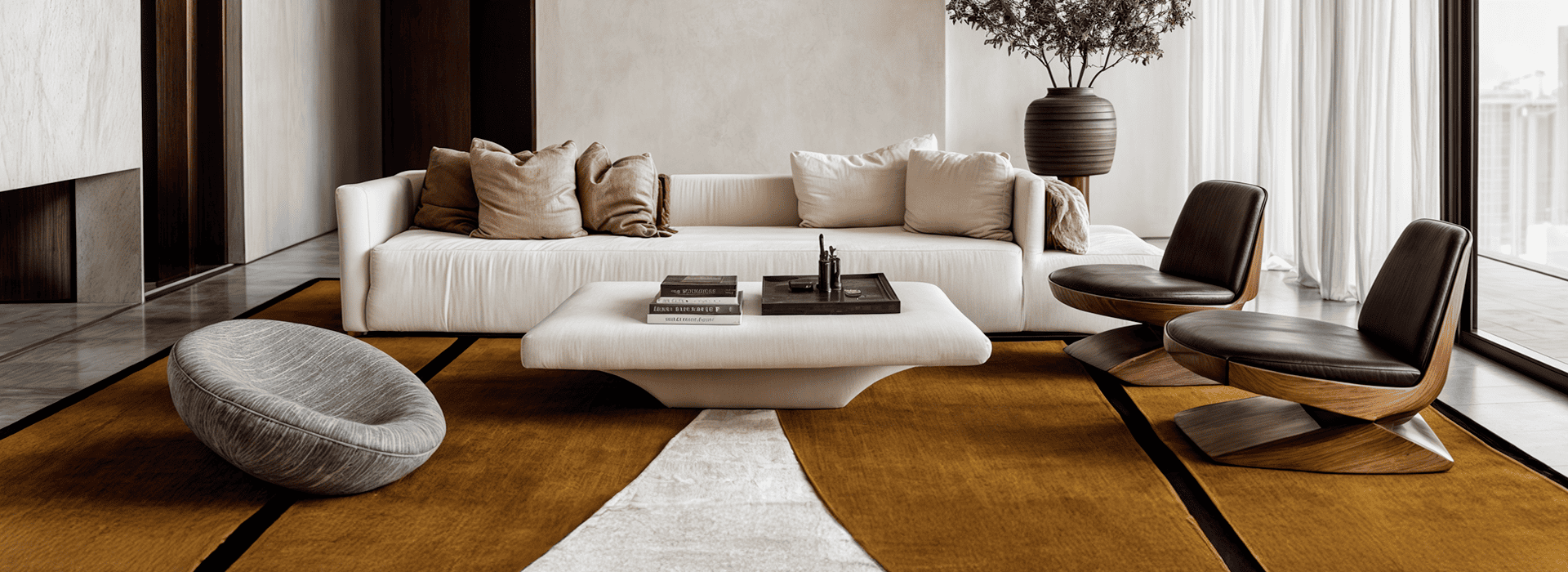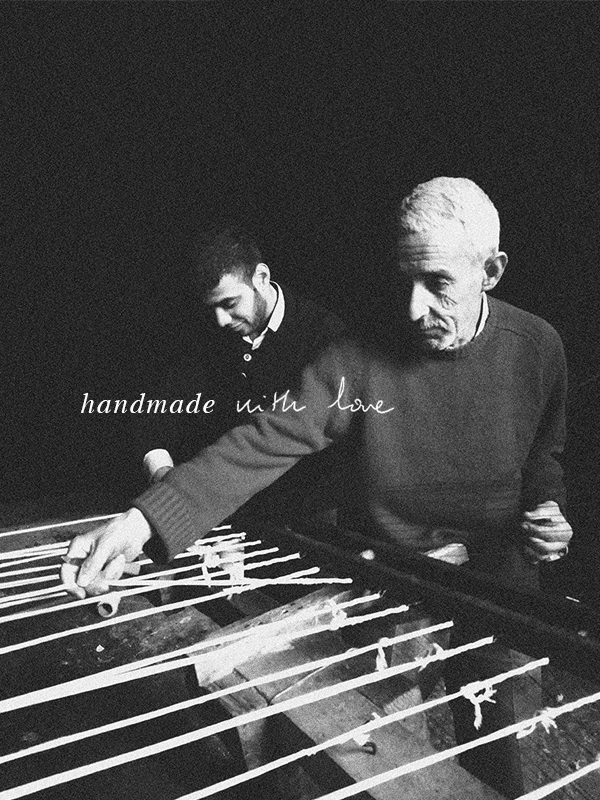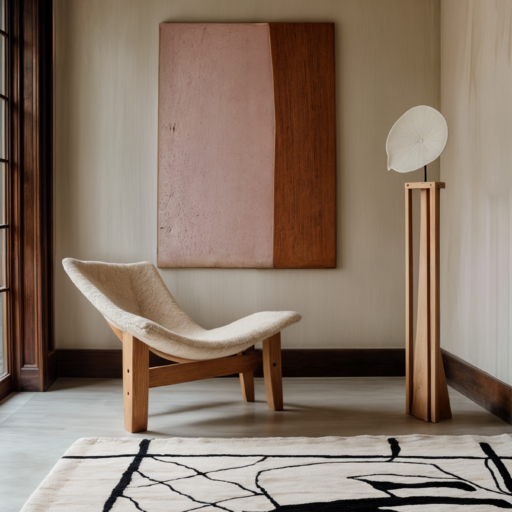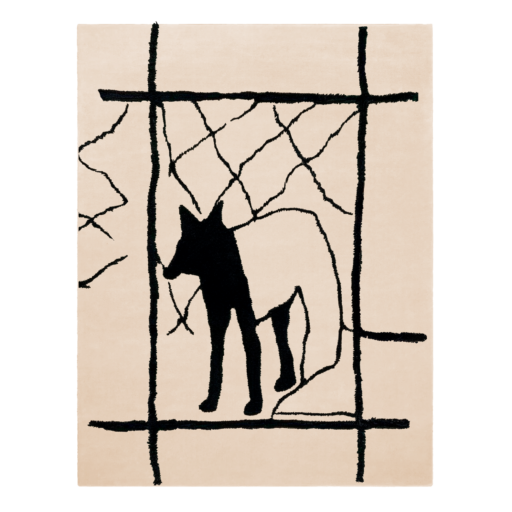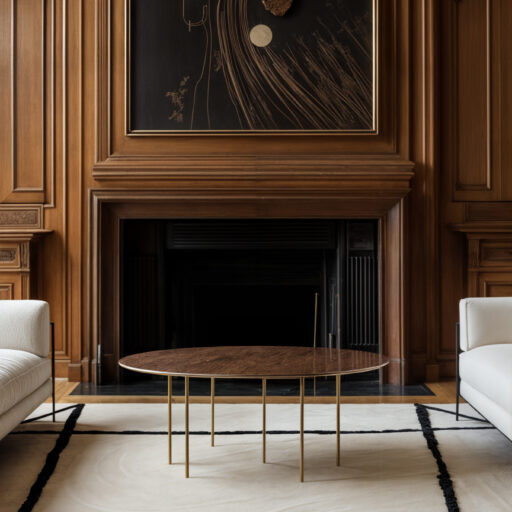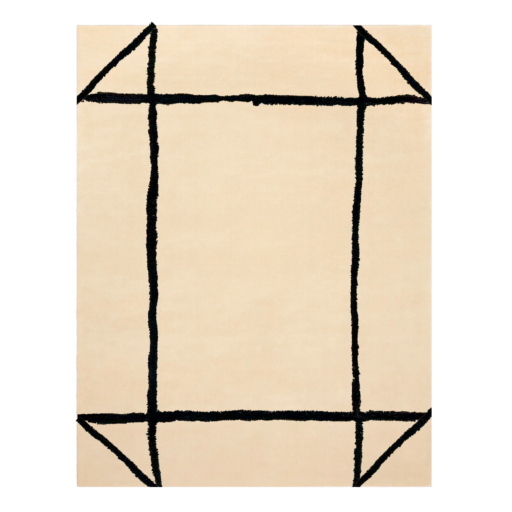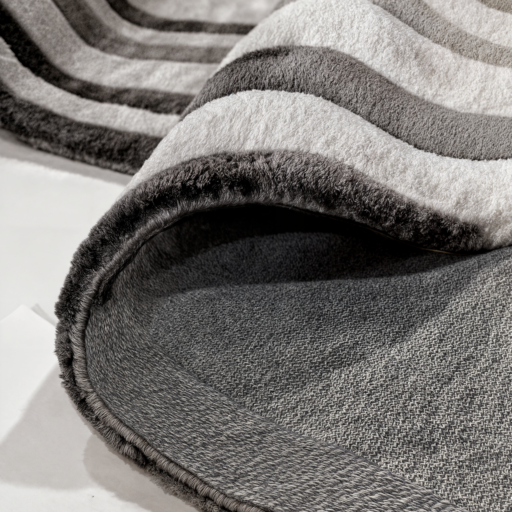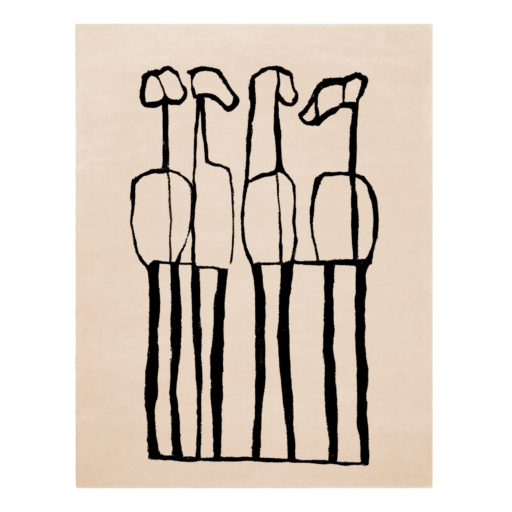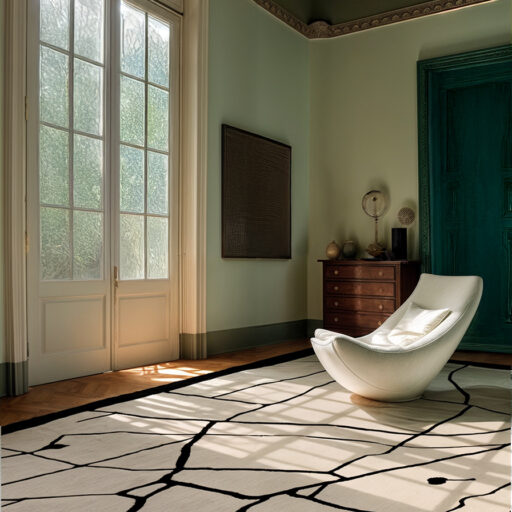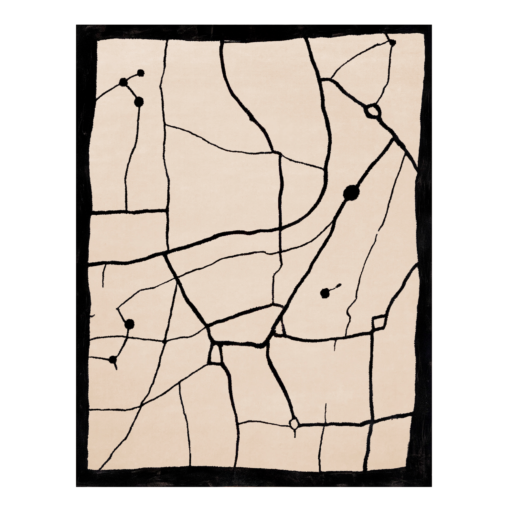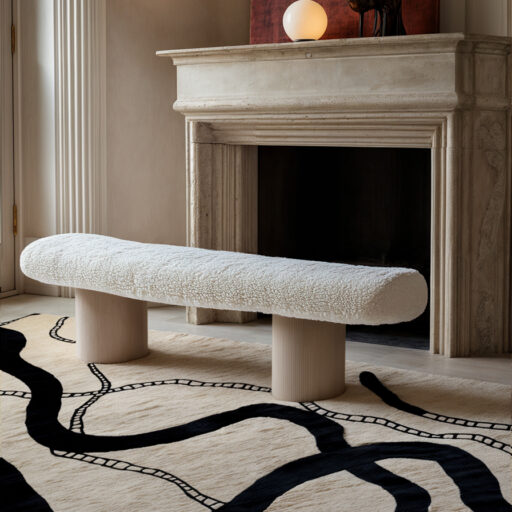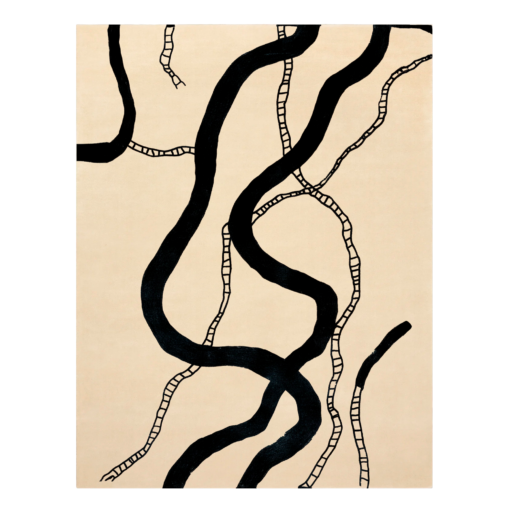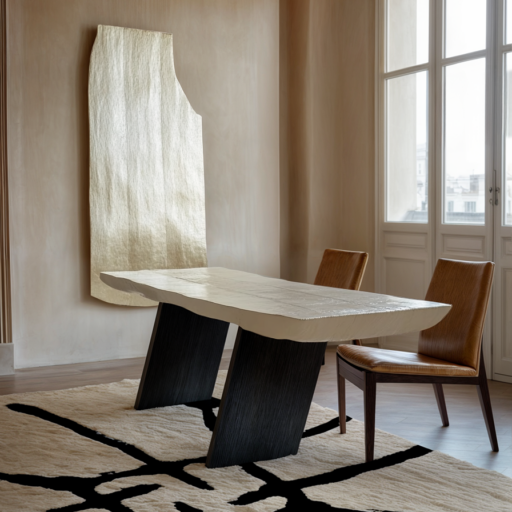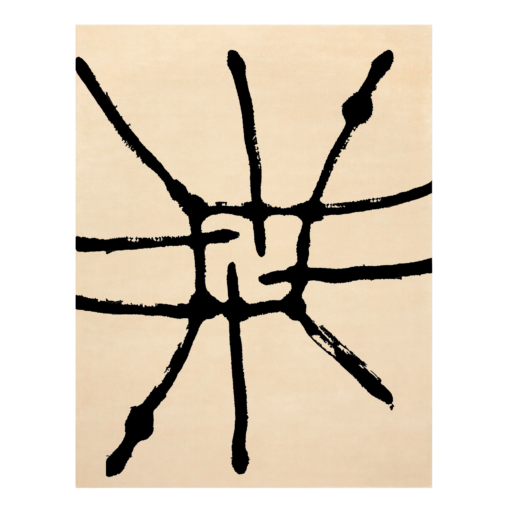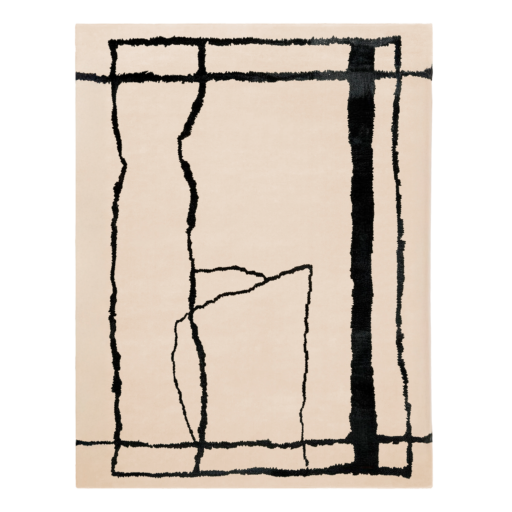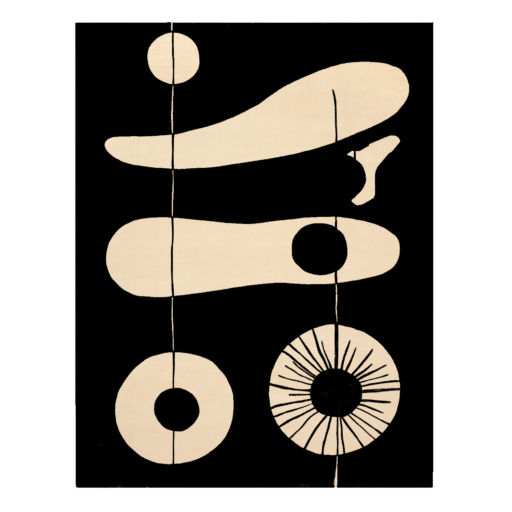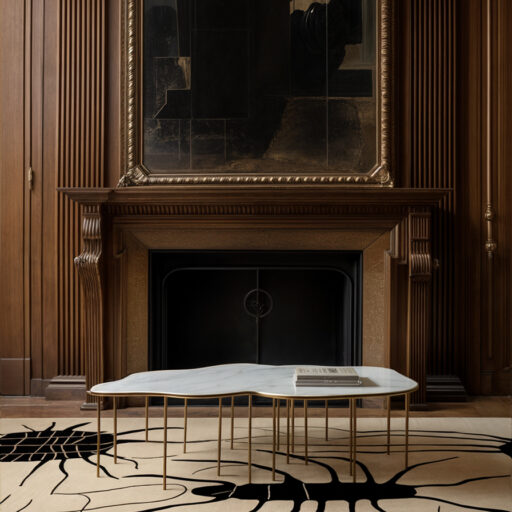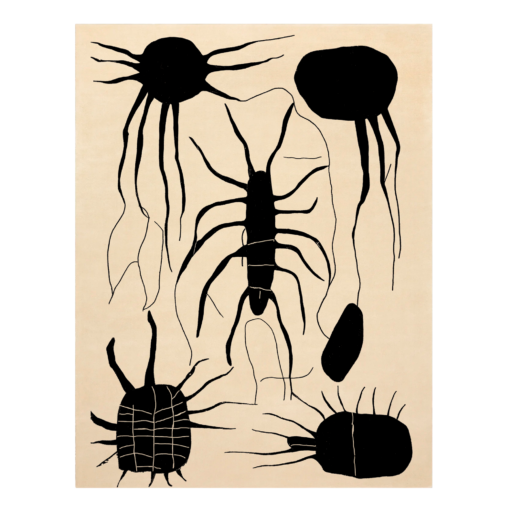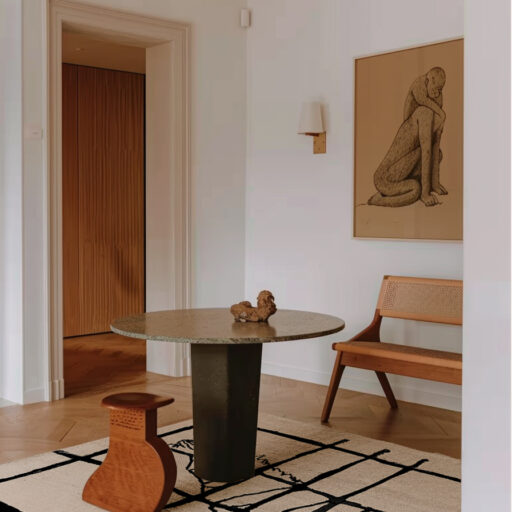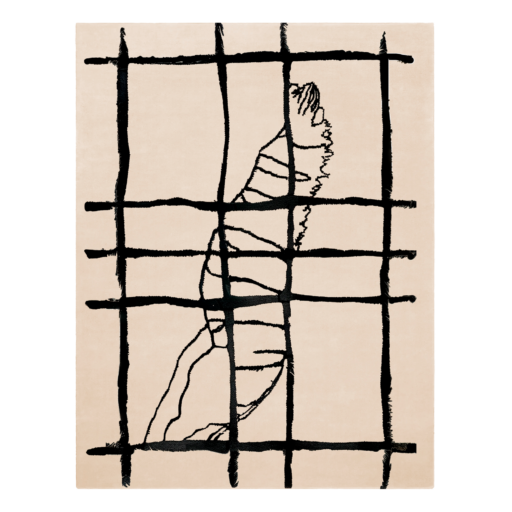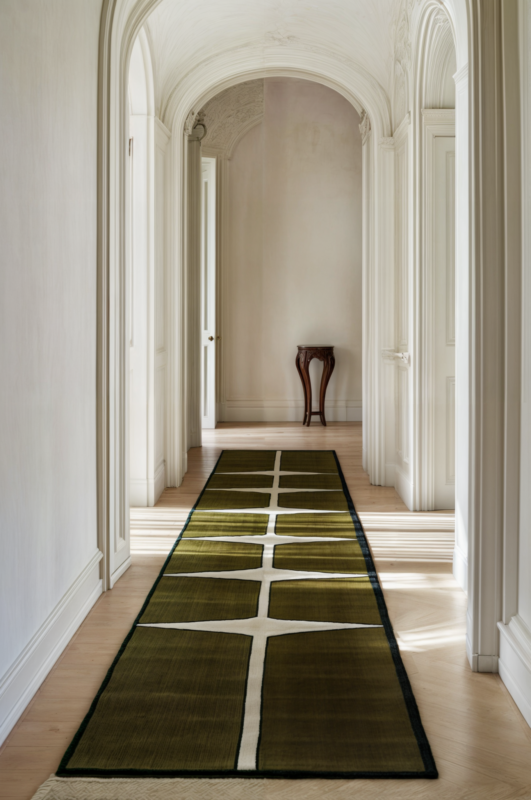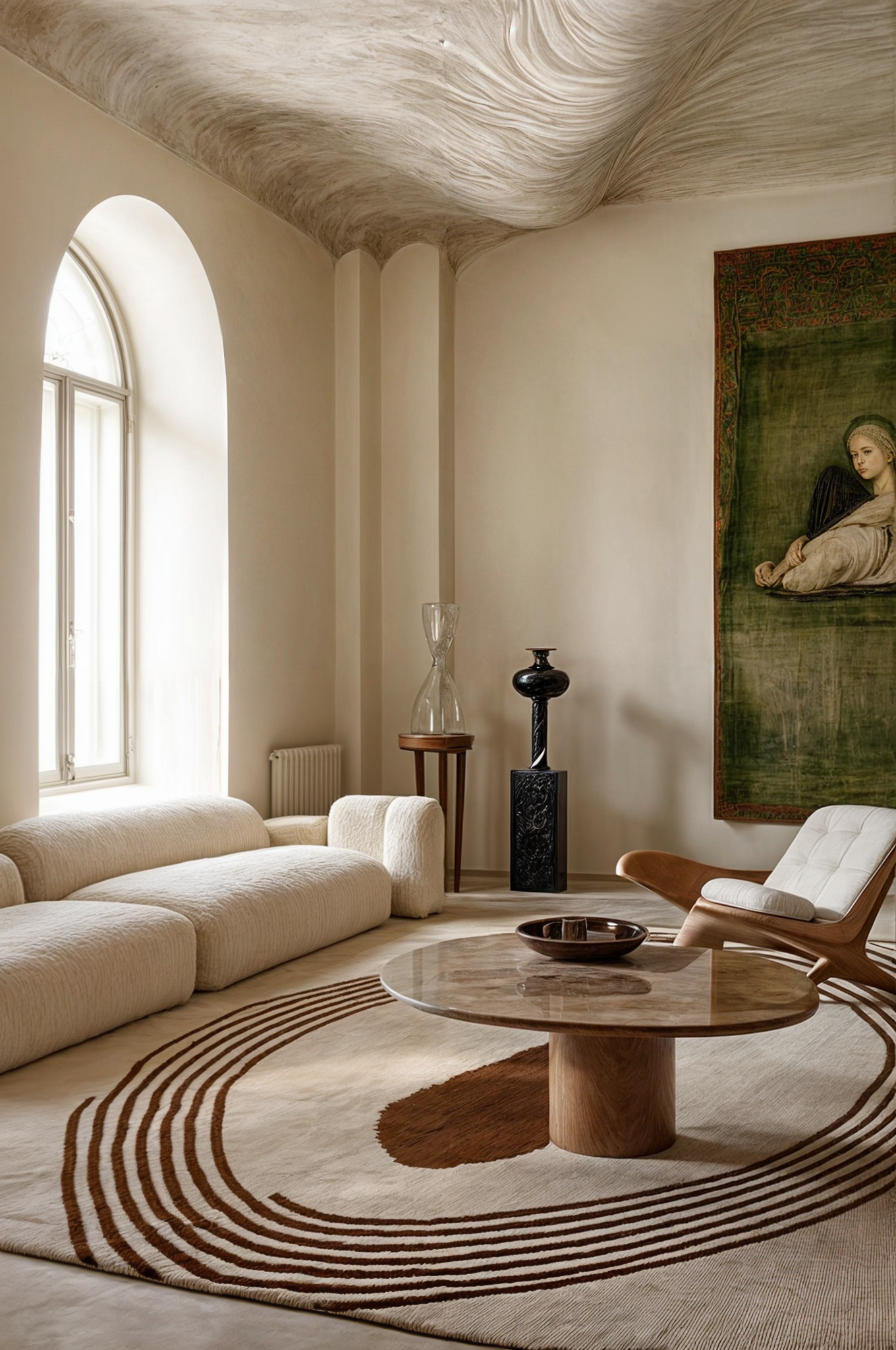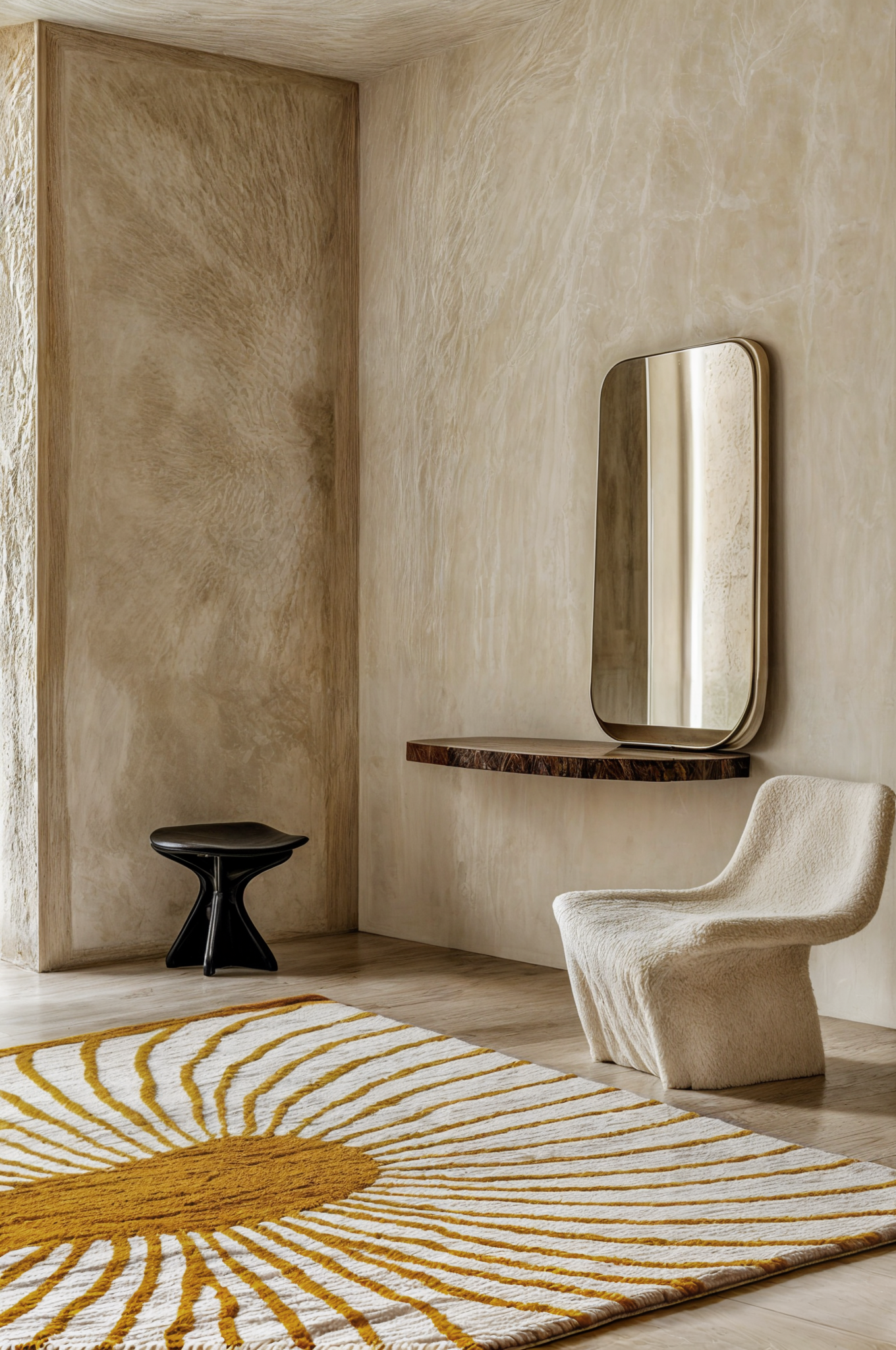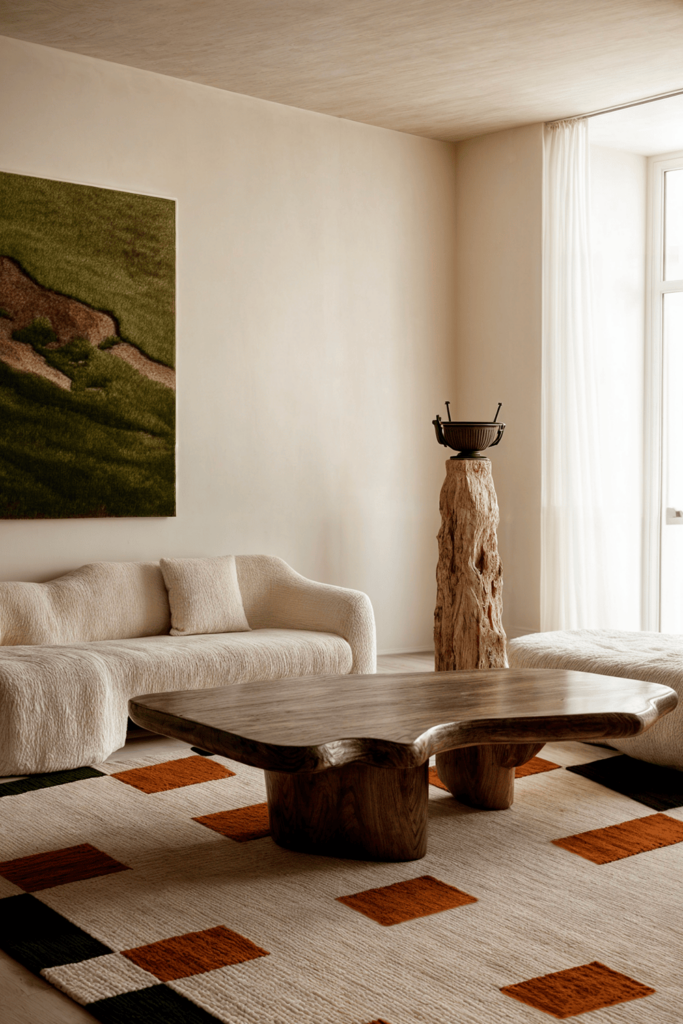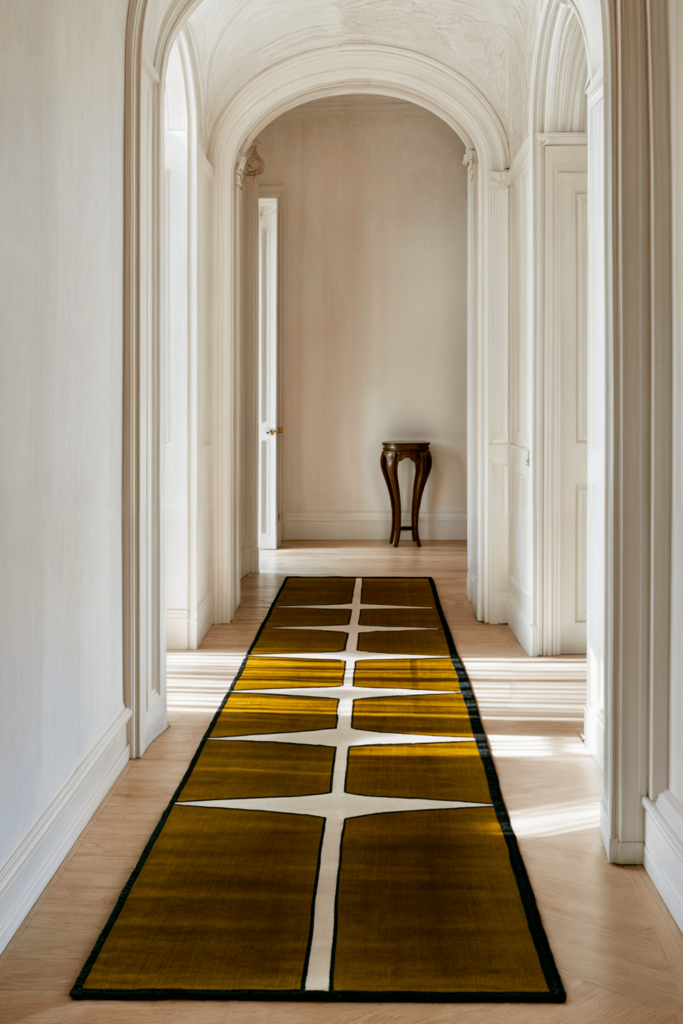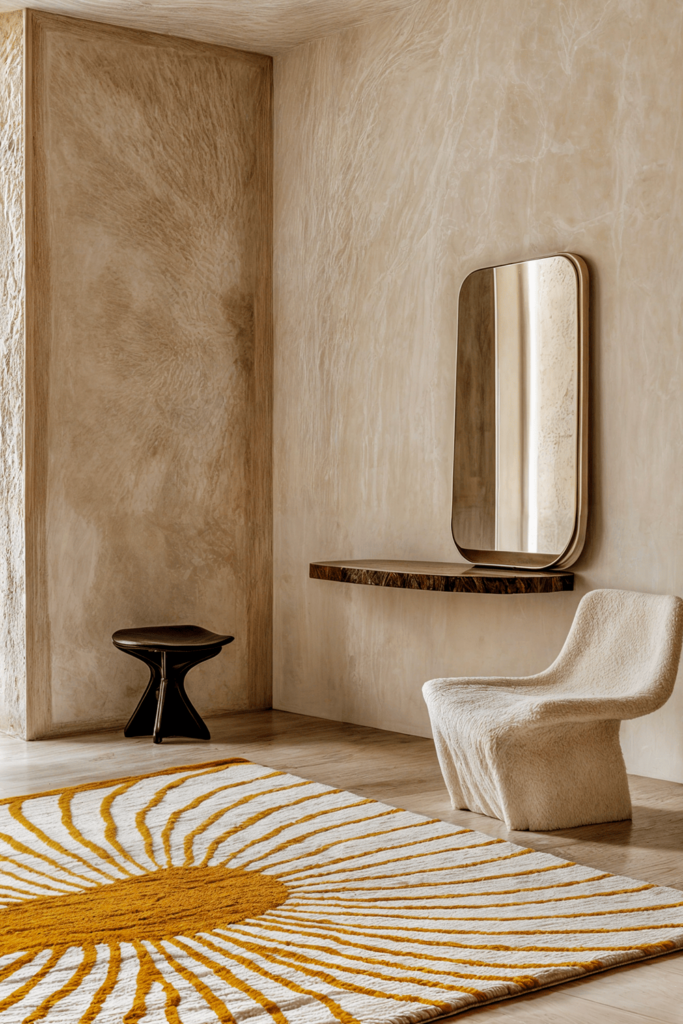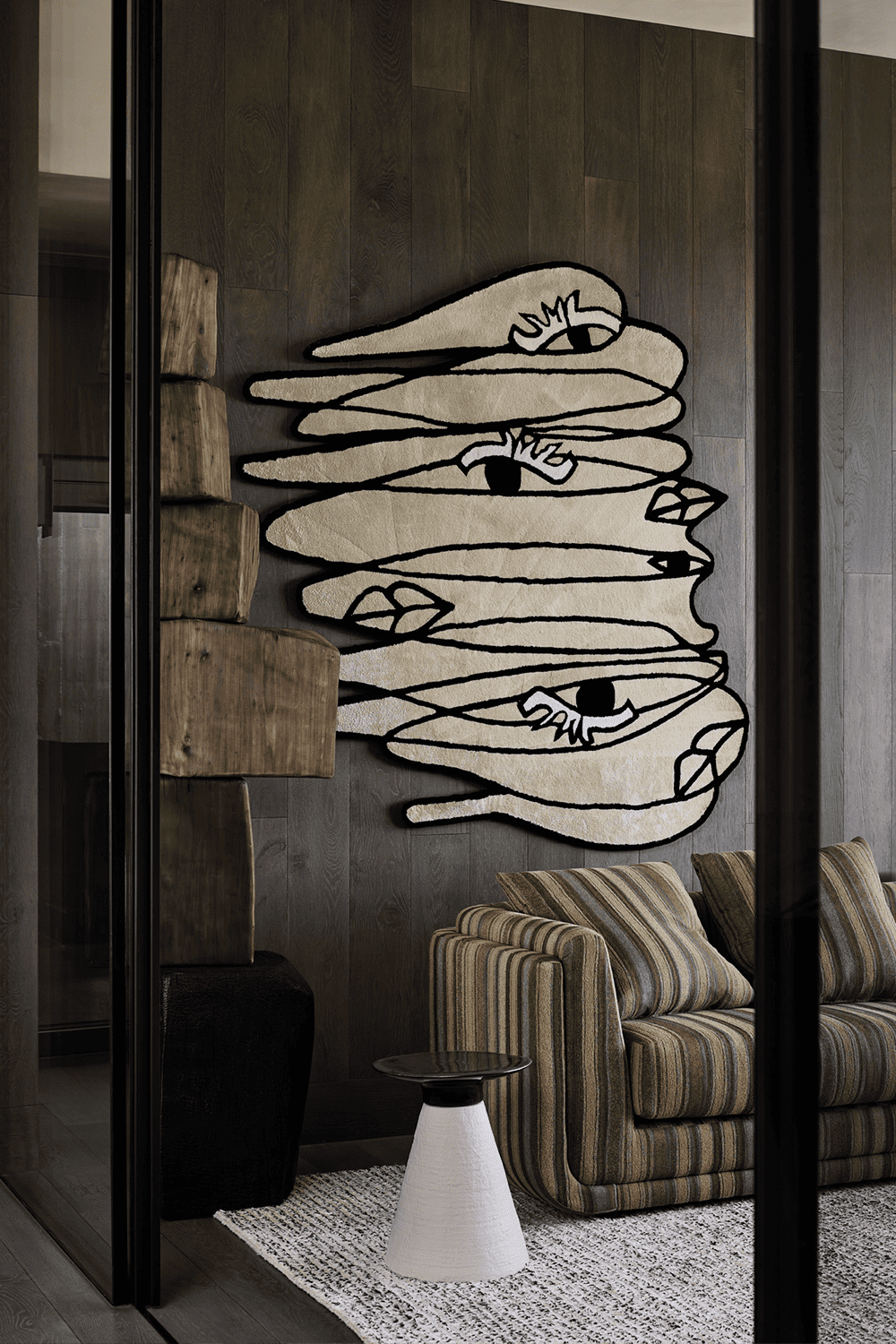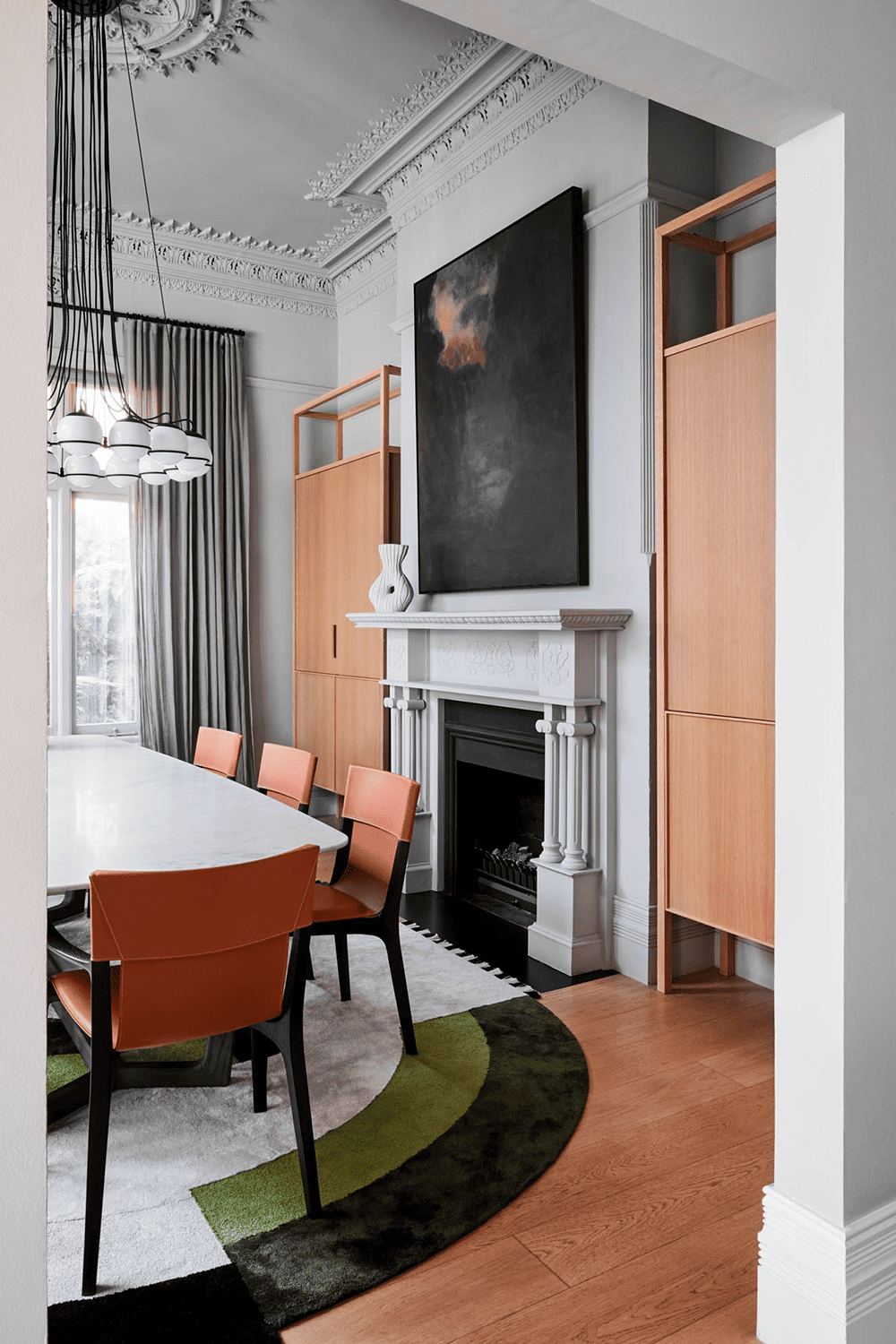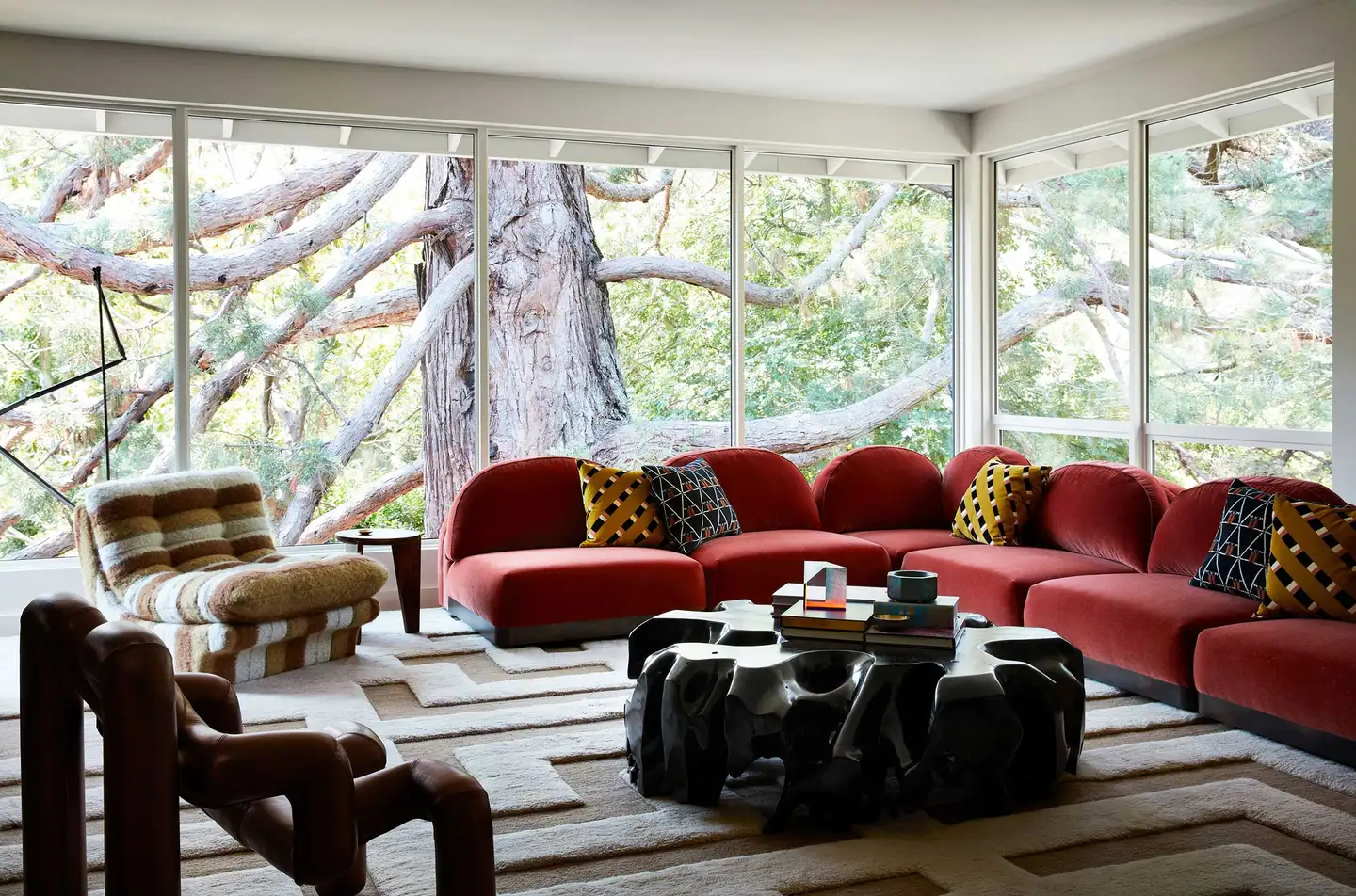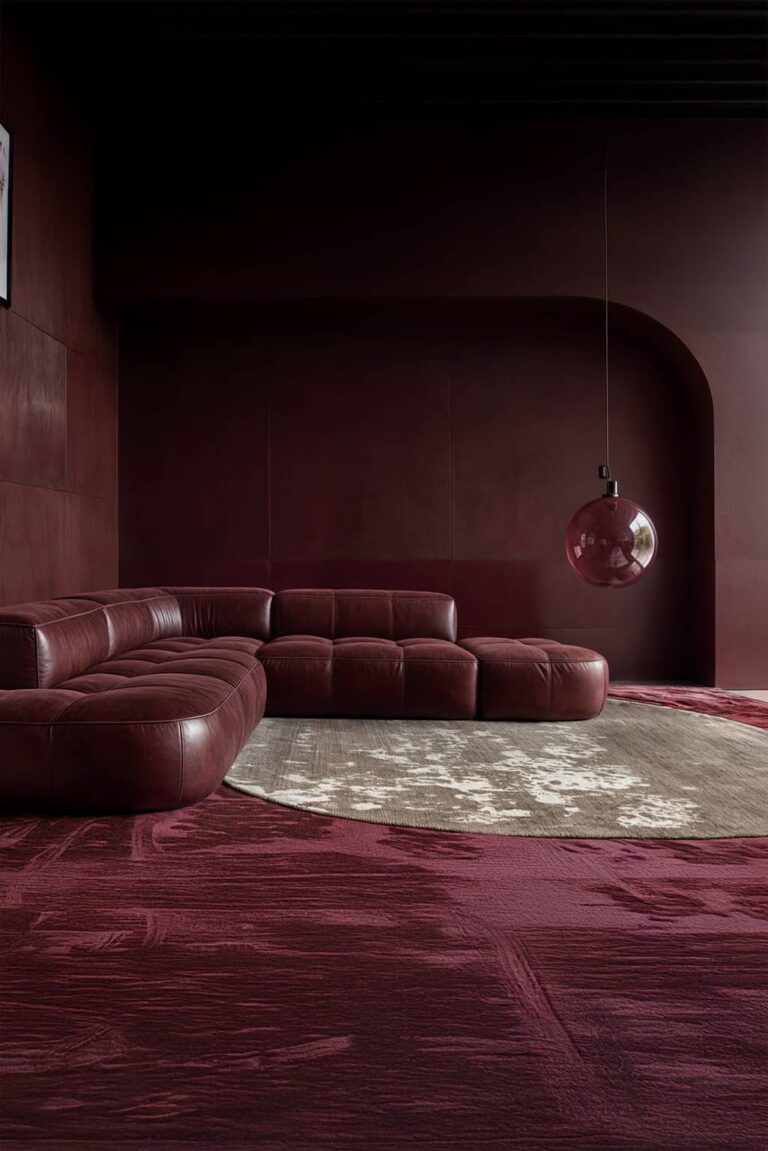
Designing Manhattan House Style with Layers and Rugs
Discover how Justin Charette elevates the Manhattan house aesthetic with bold interiors and richly layered rugs. Discover how TAPIS Studio completes the look. Manhattan is synonymous with high design and urban sophistication. Nestled among its storied buildings, one design approach is standing out—layered, artistic, and intentionally grounded with statement rugs. Interior designer Justin Charette is a name at the forefront of this transformation, infusing personality into every Manhattan house he touches. From luxe apartments to personal retreats, Charette’s interiors prove that a Manhattan house can be both elegant and livable. Using bold contrasts and strategic textures—especially rugs—he defines rooms with balance and rhythm. His work is not just about visual appeal; it’s about how spaces feel beneath your feet and in your soul. A Manhattan House with a Rug-Rooted Soul In a vibrant Gramercy Park apartment, Charette reimagined a classic Manhattan house to reflect his client’s artistic and layered lifestyle. A modern cream-colored sofa anchors the living room atop a textured rug that blends muted reds and blues. The carpet, far from a simple accessory, was the first piece chosen—it set the tone for every color and pattern in the room. The walls are adorned with striking works by California-based artist America Martin, yet it’s the rug beneath that grounds the room. “Every Manhattan house needs a piece that brings it all together,” says Charette. “For me, that’s often a rug. It’s not just a detail; it’s the story’s foundation.” His focus on rugs is no accident. Rugs provide the bridge between luxury and comfort, and in a Manhattan house where space is precious, they act as both visual dividers and sensory enrichers. From the soft underfoot texture in the bedroom to the detailed geometric patterns in the dining space, every rug plays a defined role. Bold Moves: Color and Craft One of Charette’s boldest Manhattan house designs is a duplex that experiments with deep greens, charcoals, and golds. The living area features a richly patterned rug that echoes motifs from abstract wall art and helps define the conversation area within the open floor plan. Charette’s layering doesn’t stop at color—it moves through texture and craft. Vintage Moroccan rugs mix with contemporary silk-wool blends, proving that a Manhattan house doesn’t need to follow any single style rule. What matters is harmony. “The rug becomes the translator,” Charette notes. “It brings together the antique chest and the ultra-modern lighting.” In one room, a neutral-toned rug with subtle stripes provides a calm backdrop under a vibrant sofa. In another, a bold black-and-white hand-knotted rug provides dynamic energy beneath a glass coffee table. Every design choice is intentional, and rugs are always at the core. Bellport: A Retreat Still Rooted in Rug Layers While his Bellport, Long Island, retreat isn’t technically a Manhattan house, it echoes many of the same design principles. The space is monochromatic and minimalist, a stark contrast to his vibrant city projects. Yet even here, rugs are central. Each room in Bellport features a rug—often in deep grays or blacks—that adds depth without distracting from the home’s clean lines. The feature is a plush charcoal rug beneath a pair of tufted leather sofas, providing a visual warmth that softens the dark palette. “Even in monochrome, texture is key,” says Charette. “And rugs are how you bring tactile emotion to a minimalist space.” Whether it’s a Manhattan house or a weekend escape, Charette’s use of rugs is deliberate and transformative. Client Collaboration and the Rug First Approach Charette is known for being both a creative visionary and a collaborative listener. However, once he takes the reins, rugs are often his starting point. “I usually begin with the rug and work my way up,” he explains. “It gives the project a center of gravity.” In one recent Manhattan house, a large hand-tufted wool rug with painterly strokes of teal and ochre inspired the entire interior palette. The homeowner, initially skeptical, soon found that the carpet not only grounded the space but informed every decision that followed—from curtain fabric to artwork. This rug-first approach allows Charette to guide clients through choices with a visual and tactile anchor. And in a fast-paced city like New York, where home is a retreat, rugs offer the grounding presence people crave. Why Rugs Matter in Every Manhattan House What makes rugs so essential to a Manhattan house? Charette believes it’s their duality—they’re art and function, texture and tone, history and now. In a space where hardwood floors and sleek finishes dominate, a rug offers softness and intimacy. Moreover, Manhattan houses often share walls and ceiling space, resulting in noise. A high-quality rug absorbs sound, creating a quieter, more serene environment. Charette usually selects rugs not only for their design but also for their acoustic properties. In one Upper West Side apartment, a densely knotted Persian rug reduced ambient sound by over 40%, transforming the atmosphere from echoey to cocooned. “You don’t just see the difference,” Charette says. “You feel it.” Rugs That Finish the Story: TAPIS Studio When it comes to sourcing the perfect rugs, Charette often turns to high-end ateliers that match his dedication to detail. One standout in his arsenal is TAPIS Studio. Known for their unique designs and commitment to craftsmanship, TAPIS Studio rugs bring depth and artistry to every room they inhabit. Whether it’s a bold geometric pattern or a soft, tonal gradient, TAPIS Studio offers rugs that fit seamlessly into a Manhattan house design. Their collections are curated not just for style but for emotional resonance—something Charette deeply values. In a recent project, Charette selected a TAPIS Studio rug with overlapping abstract shapes in warm, earthy tones. It anchored a large open-concept living room and subtly echoed the forms found in surrounding sculptures and furniture. The result was not just visually stunning but also holistically harmonious. TAPIS Studio rugs don’t just complement Charette’s vision—they elevate it. In a Manhattan house, where every square inch matters, having a rug that tells a story is priceless. Grounded in Style: Complete Your Manhattan
